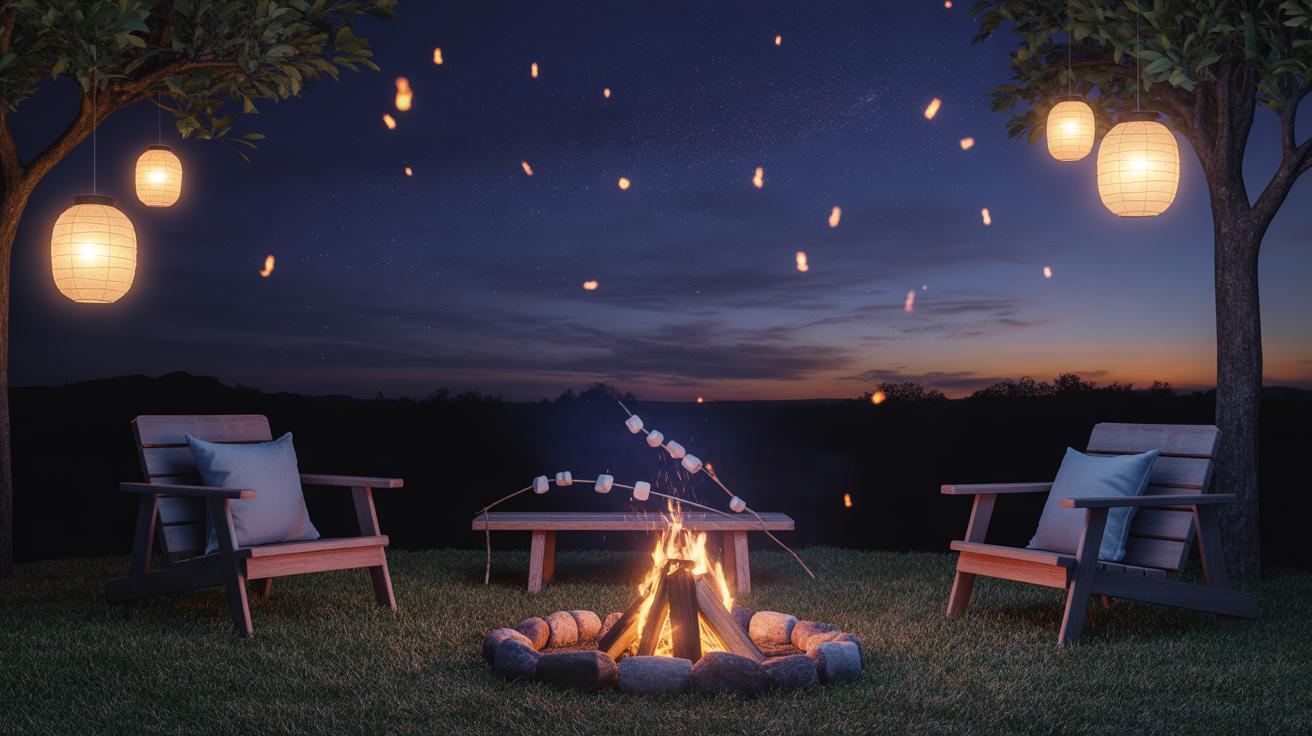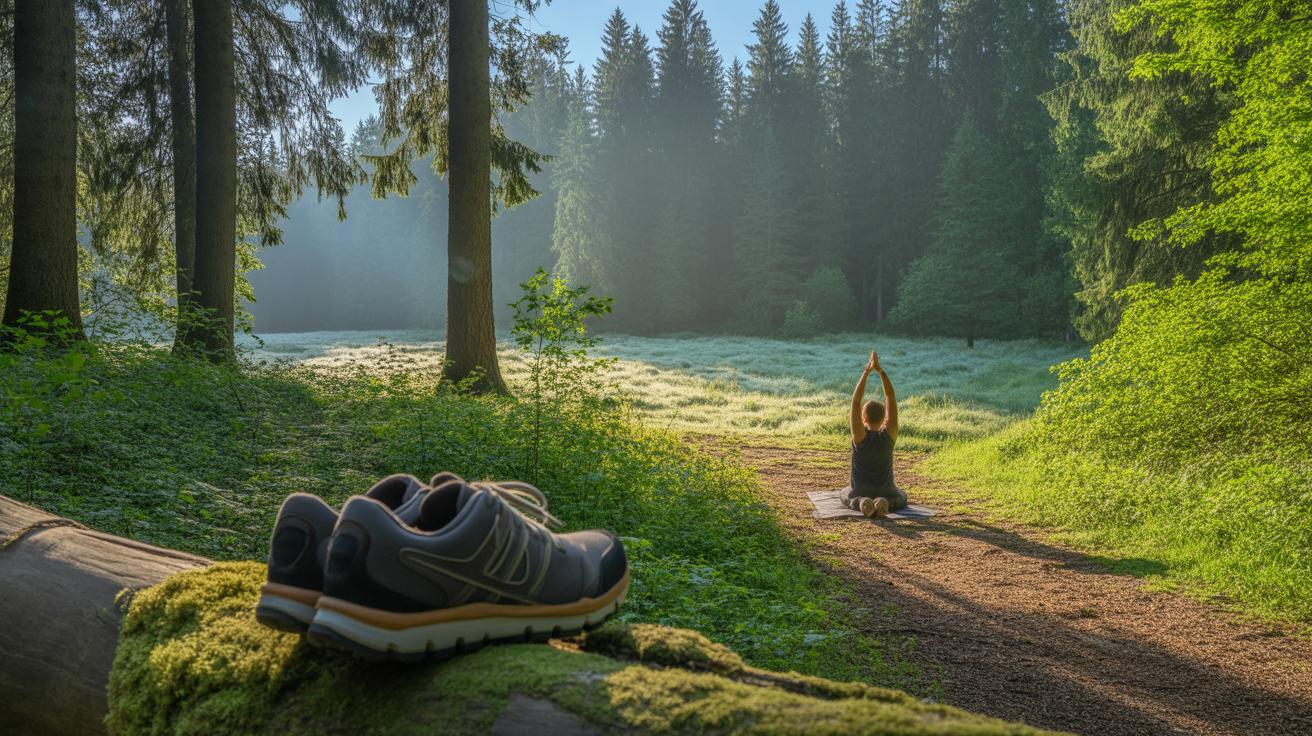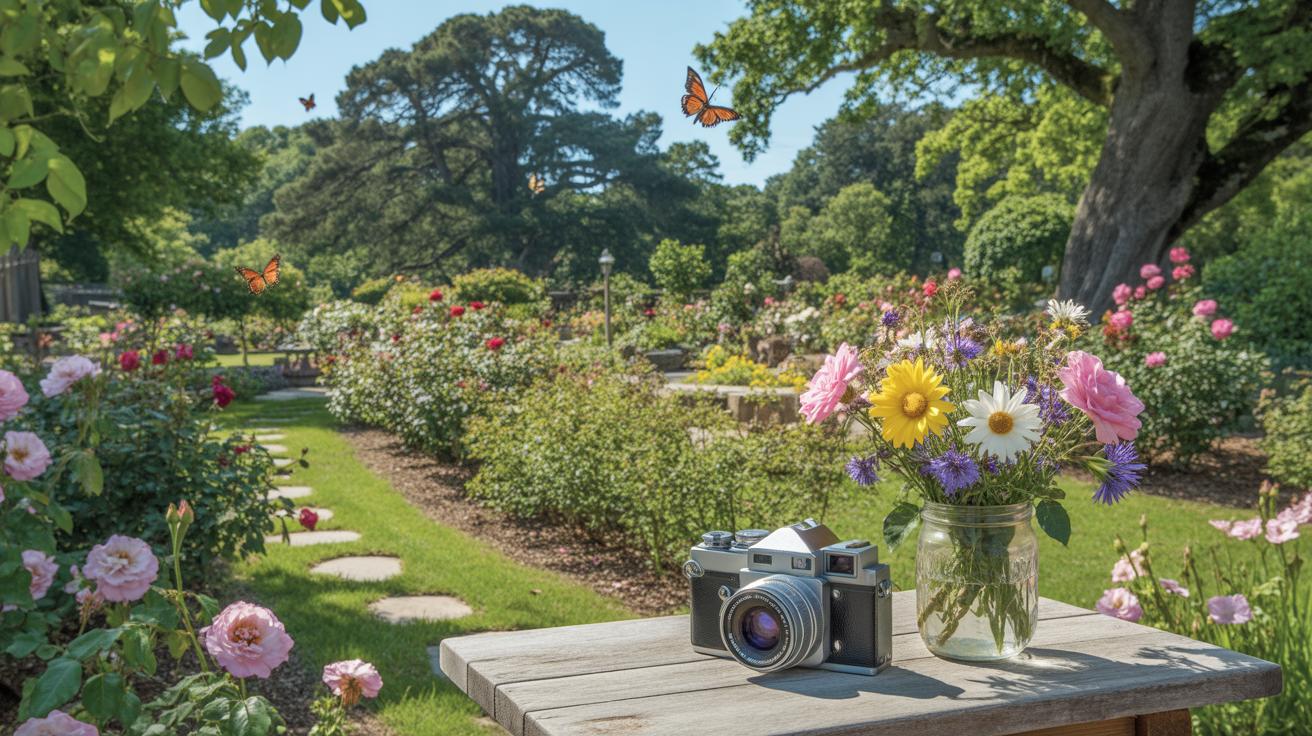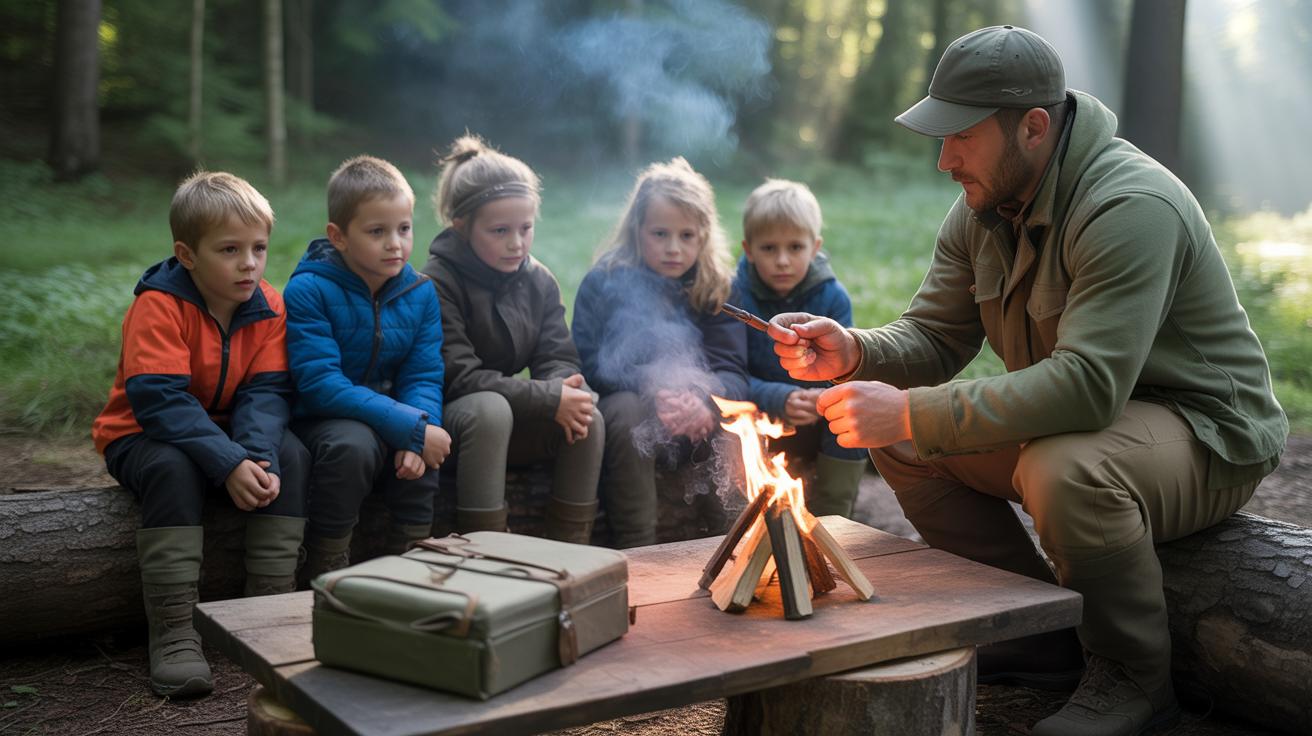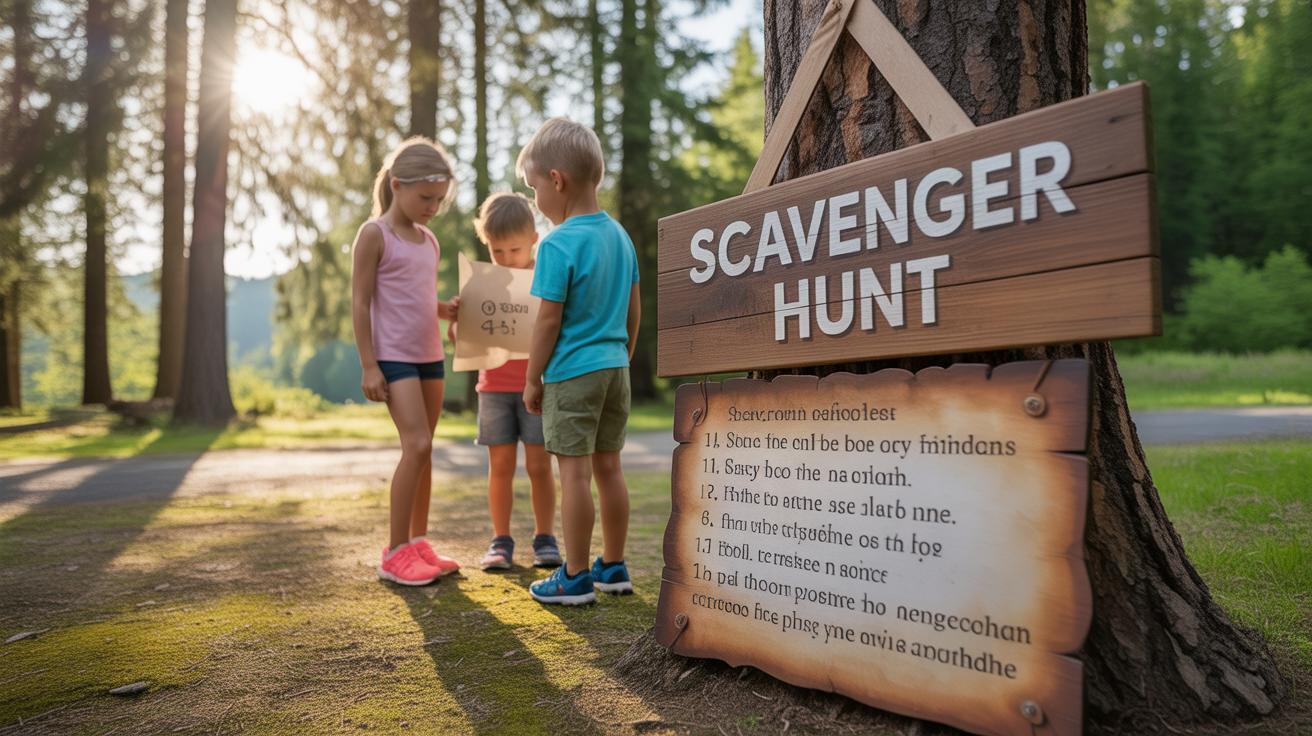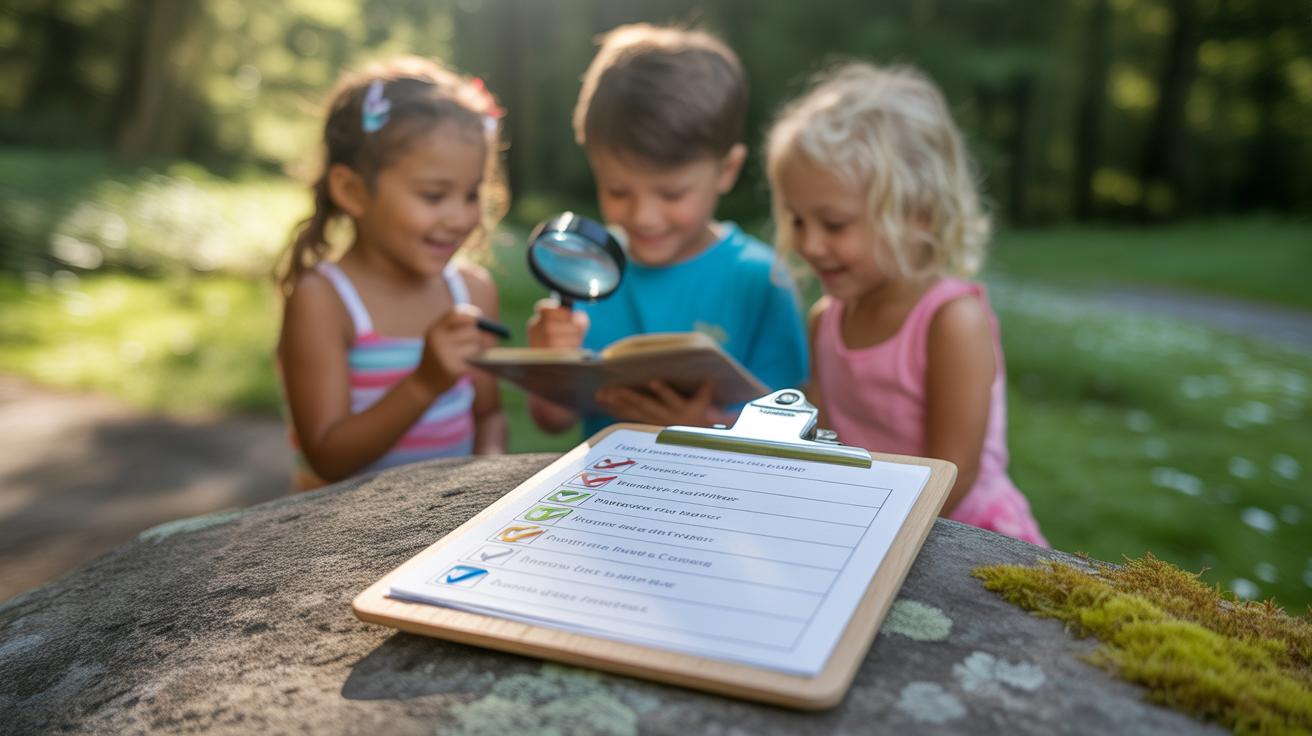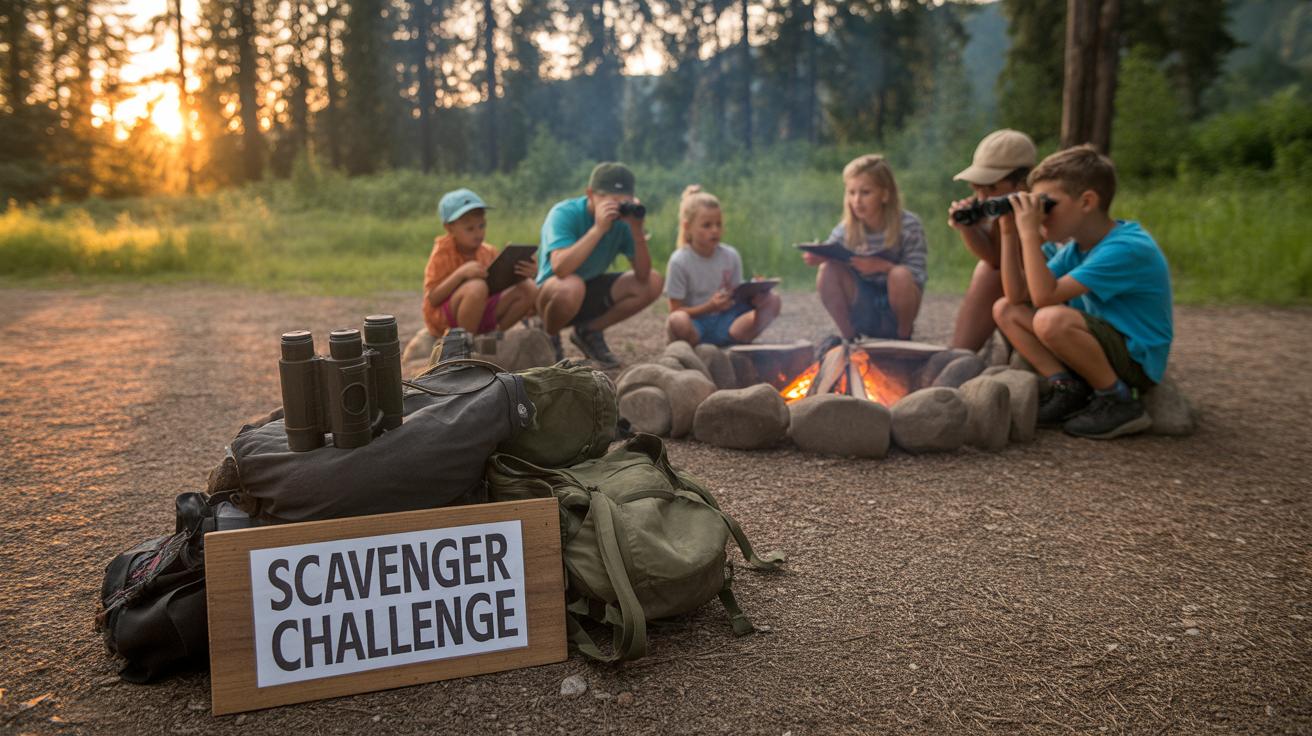Introduction
Backyard camping scavenger hunts offer a great way to combine the excitement of camping with the fun of a scavenger hunt. Children love exploring, discovering, and solving little challenges, and setting this up in your backyard makes it both safe and convenient. It encourages kids to think, observe, and work together, all while enjoying the outdoors close to home.
This article will share practical and easy-to-follow ideas for planning your own backyard camping scavenger hunt. From basic item searches to creative themes and challenges, you will find ways to make your kids’ adventure both fun and memorable. Ready to transform your backyard into a playground of discovery? Let’s dive into ideas that fit your family’s style and space.
Understanding the Basics of a Scavenger Hunt
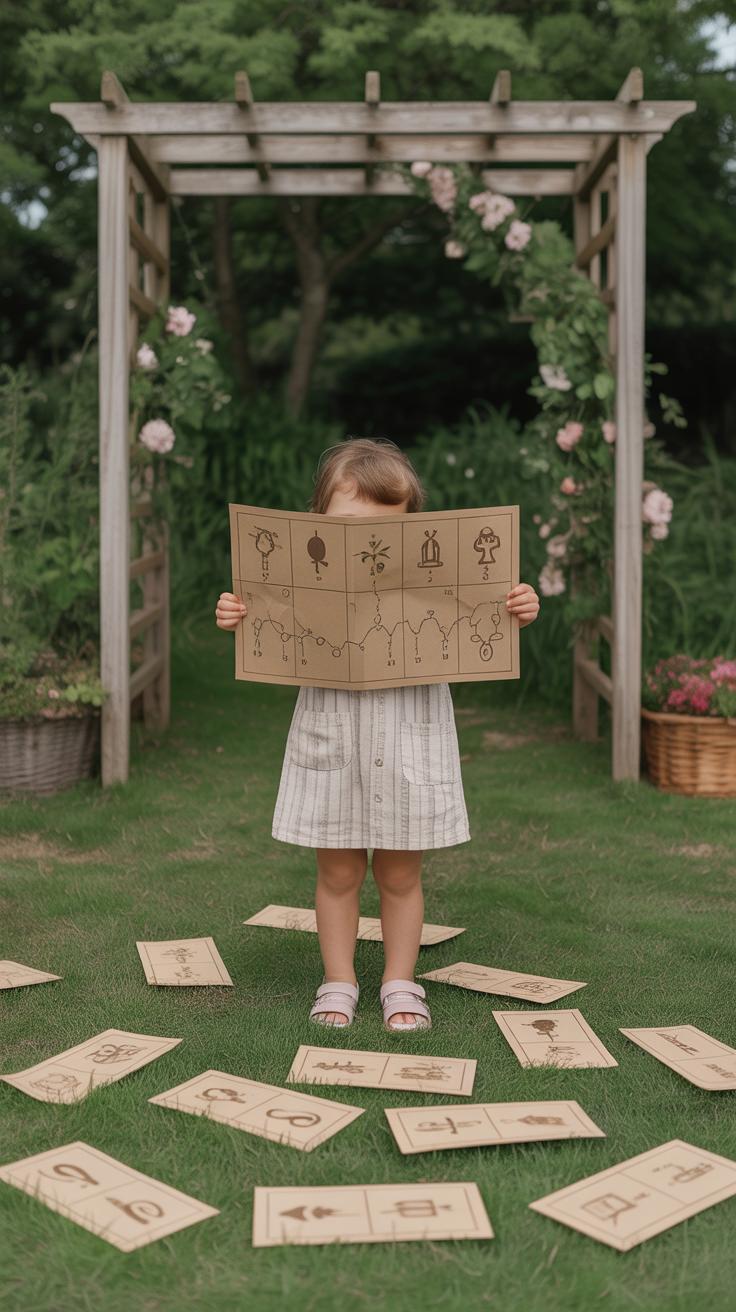
What is a Scavenger Hunt
A scavenger hunt is a simple game where kids search for a list of items or complete tasks around a specific area. Usually, there is a list of objects like a pinecone, a smooth rock, or a feather to find. Sometimes, the tasks might involve little challenges, such as hopping on one foot or identifying a bird call. The goal is to find everything on the list before time runs out or before other players do.
This kind of game works well because it blends curiosity with a bit of competition or teamwork. It encourages kids to explore and notice details they might otherwise miss. For example, a child might suddenly spot a ladybug hiding under a leaf, something easily overlooked during routine play.
Why Choose Backyard Camping
Hosting a scavenger hunt during backyard camping offers some nice advantages. First, the backyard is familiar territory, so it feels safe. Kids can wander without a constant watchful eye, which gives them a bit of independence without real risk.
Plus, the convenience is hard to beat. You don’t need to drive anywhere, pack up a whole lot, or schedule around public park hours. It’s right there, making it easy to sneak in a quick adventure anytime. Also, adding a scavenger hunt to a backyard camping night transforms the experience — what could be just sitting by a fire becomes a lively exploration. It gives kids a reason to get up and move, and maybe even spot creatures or plants they didn’t realize were around their own home.
Planning Your Backyard Camping Scavenger Hunt
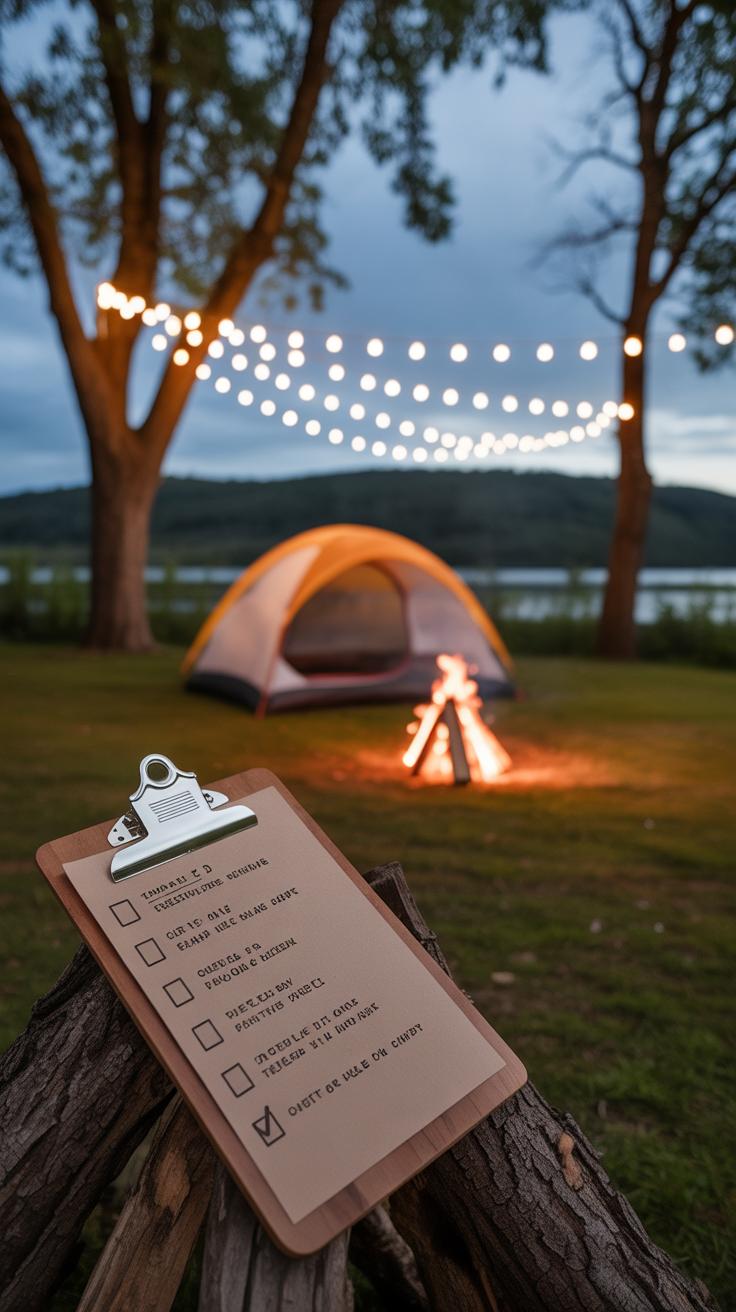
Choosing a Theme and Setting
Picking the right theme can really shape the entire scavenger hunt experience. You might want to match it to something related to camping—like a nature explorer theme, nighttime critters, or a treasure quest. Themes help focus the hunt and spark kids’ imagination.
Once you have a theme, arrange your backyard to fit it. Moving a few garden chairs, spreading out blankets, or hanging paper lanterns creates distinct zones. These zones can serve as different “stations” for the hunt or hide spots for clues. Think about small corners where you can stash items safely and others that are open enough for kids to run around.
Keep in mind the size of your kids and how much space you have. You don’t want the search to feel overwhelming or too sparse. Small clusters of objects or tasks make the game feel quicker and more achievable, especially if younger children are playing.
Safety and Preparation
Before any hunt, a quick safety sweep of the backyard is worth the effort. Look out for thorny plants, loose tools, sharp edges, or uneven ground where little feet could trip. It’s better to move these hazards or block off tricky spots. You might think this goes without saying, but even familiar yards can surprise you.
Have first aid supplies nearby just in case—some minor scrapes can happen, especially with energetic kids.
Also, prepare any materials or props ahead of time, like printed clue cards, small prizes, or containers to collect items. Give kids reusable bags or baskets to gather things instead of their hands alone. This keeps things organized and cuts down on lost treasures.
Lastly, set clear boundaries. Let kids know where the hunt ends—whether it’s the fence line, a porch, or a particular tree. Keeping the play contained helps you watch out for everyone easily, especially as the light fades or attention wanders.
Basic Scavenger Hunt Ideas to Begin With
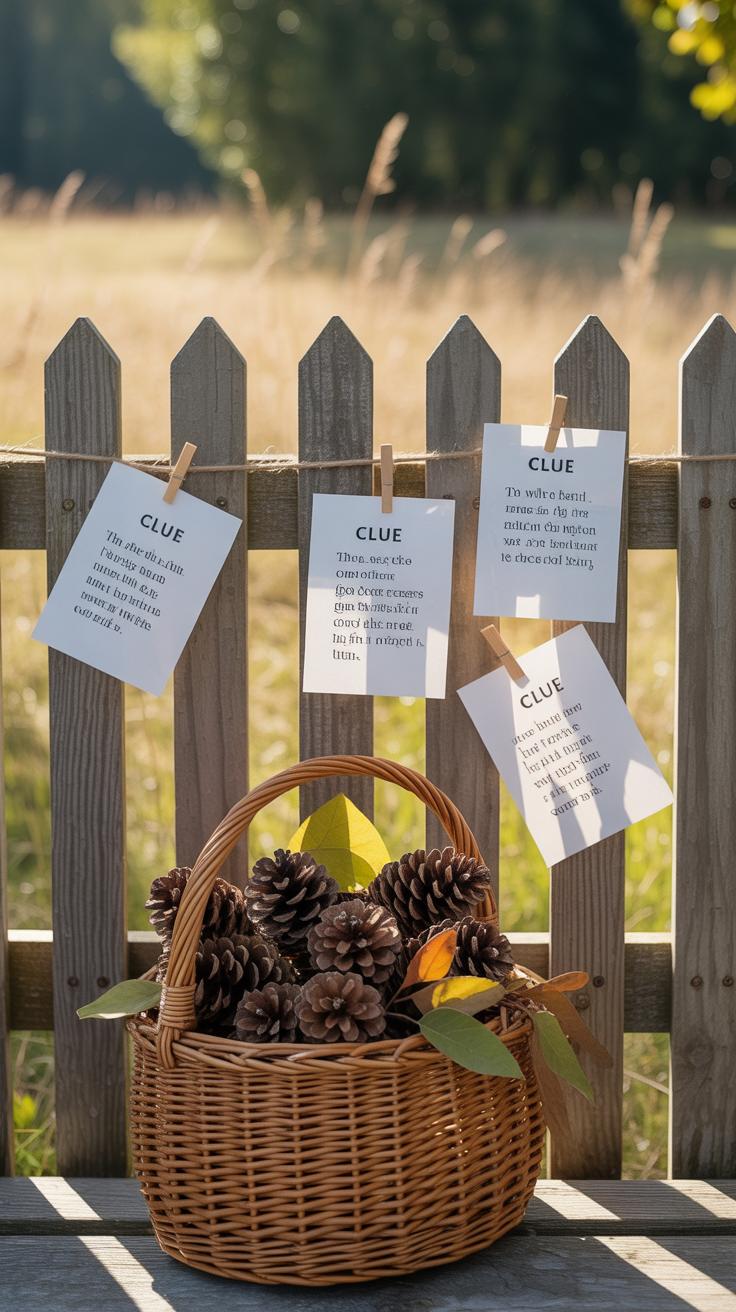
When starting out, keeping things simple is really the key—especially for younger kids who might get overwhelmed with too many rules or tricky clues. Classic scavenger hunts work well because they rely mostly on observation and quick action, which almost every child enjoys. You don’t need fancy props or complicated setups. Just a little list and a curious mind can do the trick.
Item Hunt Lists
Here, you focus on tangible objects kids can find around the backyard or inside the house. The idea is to pick items that won’t require too much searching or explanations. For example, you might ask kids to find:
- A smooth rock or pebble
- A green leaf from a tree or bush
- A small twig or stick
- A flower or petal
- A feather (if lucky enough)
- A paperclip or spoon from inside
- A colorful crayon or pencil
What works well is mixing a few natural objects with easy household things. Kids love the little challenge of knowing what’s allowed and what’s not—plus they get a tangible collection to show off. I once noticed my nephew handing me a dandelion puff; he was thrilled, even if it was just a simple weed.
Task-Based Challenges
Instead of just finding things, try giving task-based challenges to keep things active and unpredictable. For instance, you can ask kids to:
- Spot a bird or buzzing bee
- Find three different types of leaves
- Do five jumping jacks before moving on
- Hop on one foot to a specific tree
- Listen for a sound and describe it
- Touch something rough and something smooth
These tasks sprinkle some physical movement and sensory discovery into the hunt. Sometimes, kids might get sidetracked just watching a squirrel or sniffing a flower—and that’s part of the fun, isn’t it? It’s not just about crossing things off a list but engaging with the space around them in little ways.
Does your child prefer gathering items, or do they enjoy running around doing little challenges? Maybe mixing both could keep them guessing and more involved than they’d expect.
Adding Themes to Spark Imagination
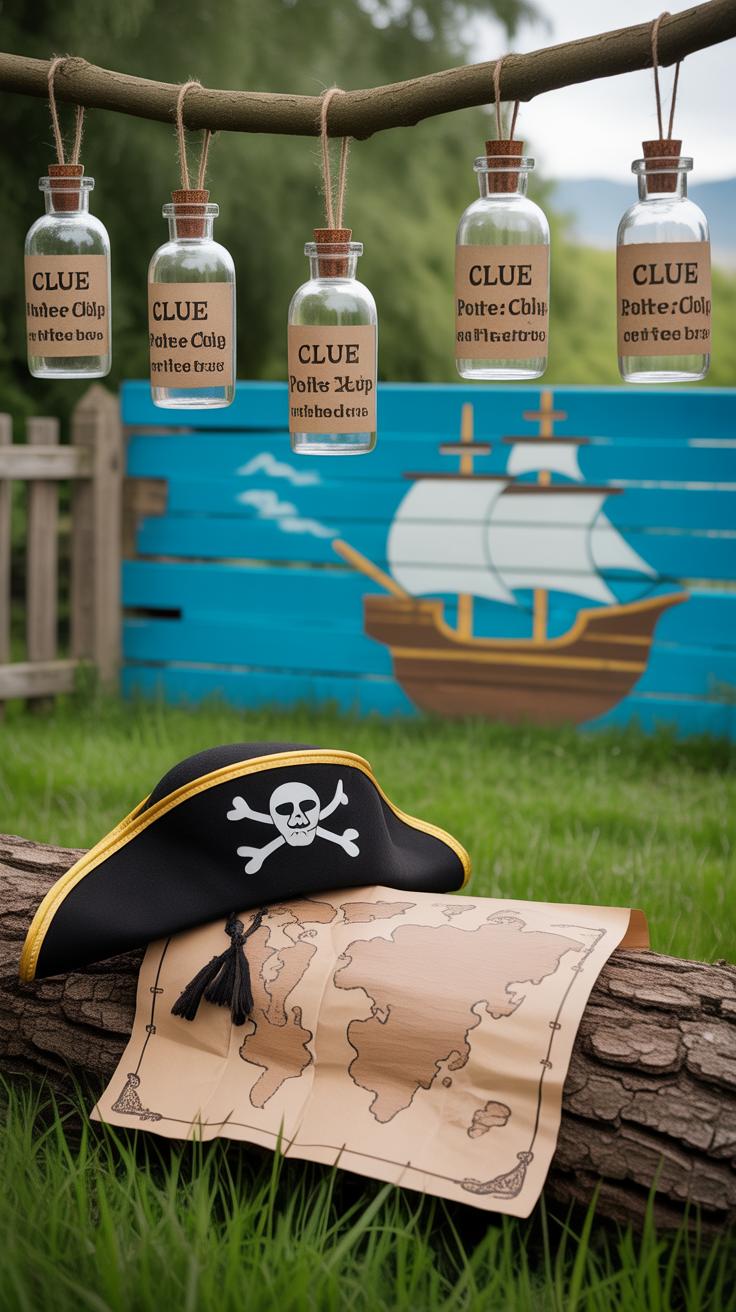
Giving your scavenger hunt a strong theme can change everything. It turns an ordinary search into an adventure that feels almost real—like stepping into a story. Themes help keep kids focused and curious, but picking one that fits your space and your child’s interests makes all the difference. Sometimes, a theme gets kids asking questions they wouldn’t usually think about, which is kind of the point.
Pirate Adventure Theme
Try turning your backyard into a pirate’s island. Hide “treasures” like chocolate gold coins or small toys in secret spots. To keep things interesting, add clues written in simple riddles or symbols that kids have to solve before moving on. You can even fold maps or create “message in a bottle” notes for a bit of mystery.
One thing I noticed when I tried this? Kids really liked pretending to be pirates—it stirred their imaginations but sometimes also made the clues trickier to follow if they got carried away with “pirate speak.” So maybe keep directions clear but sprinkle in pirate words here and there. Mark some “danger zones” where nothing’s hidden just to keep them guessing. It’s less about winning and more about the story they create while hunting.
Nature Explorer Theme
This one’s great for little scientists. Instead of just finding objects, kids complete tasks—like identifying a certain leaf, spotting a bug, or feeling the texture of different bark. You can add simple notebooks for them to draw or write what they see. This encourages observation and a little quiet time, which is nice amid all the running around.
Sometimes these “missions” feel a bit educational, sure, but making them fun changes the mood. You might ask, “Can you find a leaf that looks like a hand?” or “What bug made these tiny holes?” It’s a gentle way to sneak in learning without pressure. I remember one afternoon when my daughter was so focused on spotting ants following a trail she almost forgot about the timer I’d set. It’s a pretty different pace from the pirate hunts, maybe a touch more calm but equally engaging.
Incorporating Nighttime Scavenger Hunts
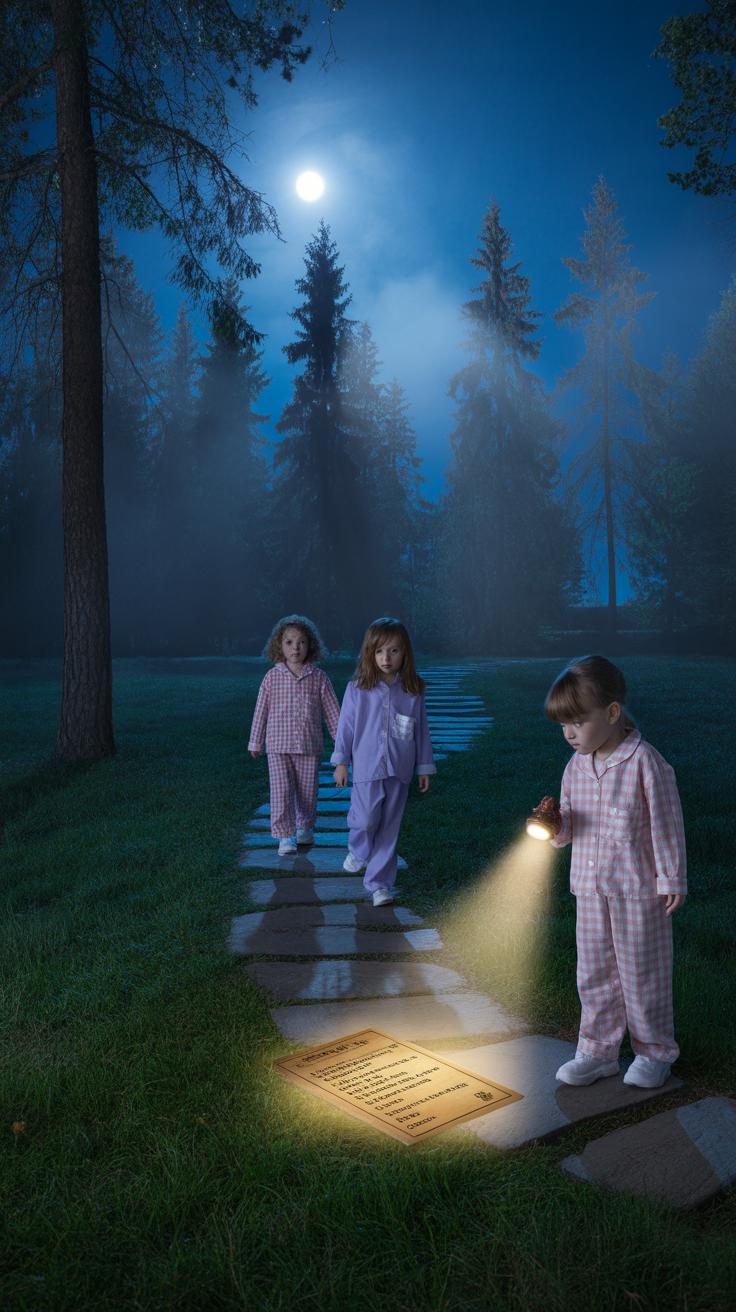
Tools and Safety at Night
Nighttime scavenger hunts add a different twist to backyard camping, but they definitely require some extra caution. You’ll want to make sure kids have flashlights that are easy to hold and don’t flicker too much—because nothing’s more frustrating than a dying light when you’re searching for hidden treasures. Glow sticks are a nice addition too. They’re fun to wave around and help mark safe zones or paths. Setting clear boundaries is really key because it’s easy for kids to wander off in the dark. You might want to lay out these limits before the sun sets, so there’s no confusion.
It helps to do a quick walk-through with the kids holding their flashlights, pointing out any tricky spots like uneven ground or garden tools. Remember, the goal is fun, not a wilderness survival lesson. Having a few adults on standby nearby never hurts, just so everyone feels a bit more confident about the night activities.
Glow in the Dark Hunt Ideas
Glow-in-the-dark items turn a simple hunt into something else entirely. Think beyond basic glow sticks for a moment. You could hide small plastic animals that glow or glow bracelets tucked inside tree branches. Another idea is to create simple tasks illuminated by neon paint—like finding an object and then hopping on glowing circles or solving a riddle that only appears under flashlight beams.
Sometimes, the glow itself is the prize. Imagine hunting for beads that glow faintly or following a trail of tiny glow-in-the-dark footprints. It gives kids a bit of a challenge—they need to focus differently in the dark and use their senses beyond just sight. That mix of mystery and movement often gets them more engaged than in daytime hunts. Plus, the slow pace in the dark means you can sneak in more storytelling or clues without rushing.
Using Technology to Enhance the Hunt
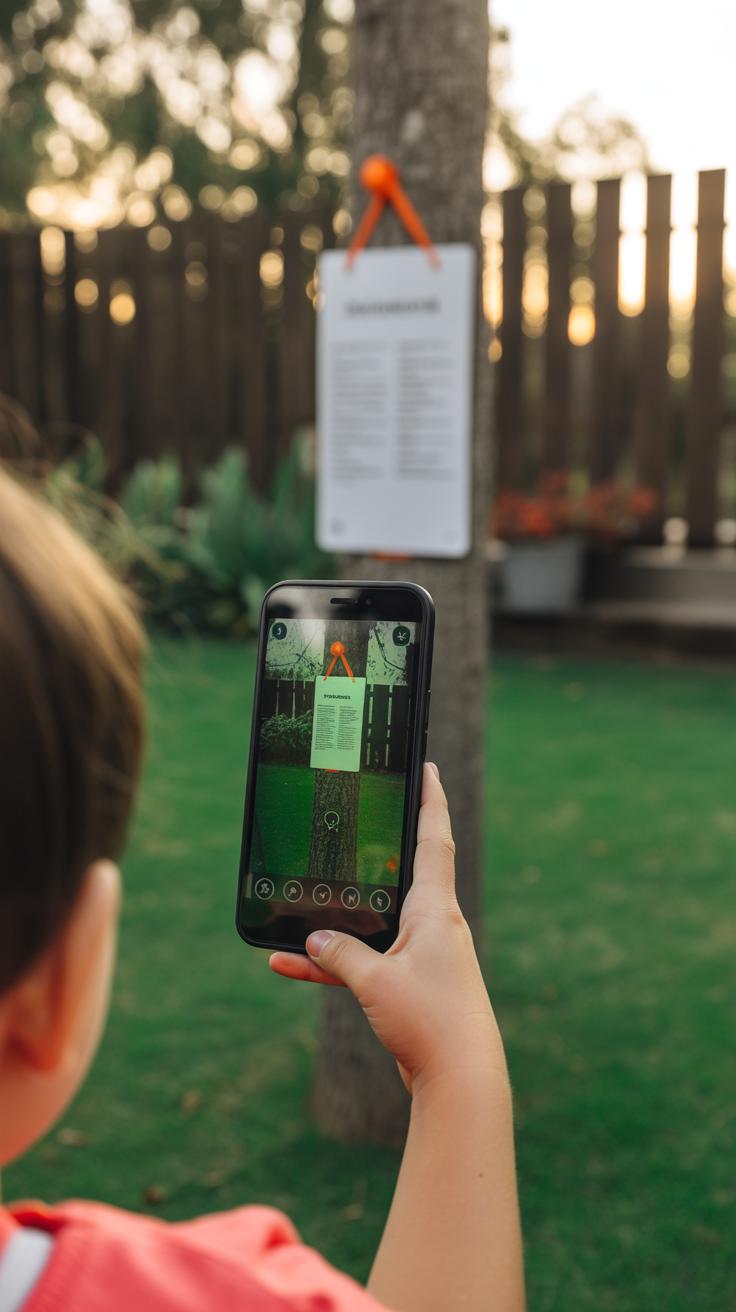
Technology can make a backyard scavenger hunt feel fresh and more engaging, especially for older kids who might want something a bit more challenging than just searching and collecting stuff. Cameras, for example, turn the hunt into a photo mission. Instead of gathering items, kids snap pictures to prove they found something. This approach keeps the yard less cluttered and adds a creative twist — they can frame shots or experiment with angles.
Think about giving them simple digital or disposable cameras. It’s fun to see what details they focus on that adults might miss. Plus, after the hunt, everyone can sit down together and share the photos, sparking conversations about what caught their eye and why.
Photo Scavenger Hunts
Rather than taking objects, kids photograph specific things or scenes on a list. For instance, they might capture a particular flower, an insect, a patch of sunlight through leaves, or a uniquely shaped rock. Proof lies in the photo, which makes the process less messy and more eco-friendly.
This method also gently encourages observation skills. Kids start noticing details they might overlook otherwise. It even prompts creativity—how they compose a photo can become part of the challenge. Sometimes, I noticed my niece spent more time capturing a shadow or a reflection than just ticking off a checklist.
GPS and Location Challenges
Adding location-based tasks can introduce basic navigation skills while keeping things fun. Handheld GPS devices or smartphone apps with simple geocaching features can guide kids to certain spots in the yard or nearby areas. They search for coordinates rather than just objects.
For kids who enjoy maps, drawing a simple backyard map with X marks or clues tied to GPS points makes the hunt feel like a mini expedition. Kids get practice reading directions and understanding space, which isn’t always easy in everyday life.
One day, I set my nephews up with a list of GPS points, and they became quite competitive trying to reach each spot first. The mix of tech and outdoor play unexpectedly held their attention longer than usual, and they felt a real sense of accomplishment navigating on their own.
Encouraging Teamwork and Social Skills
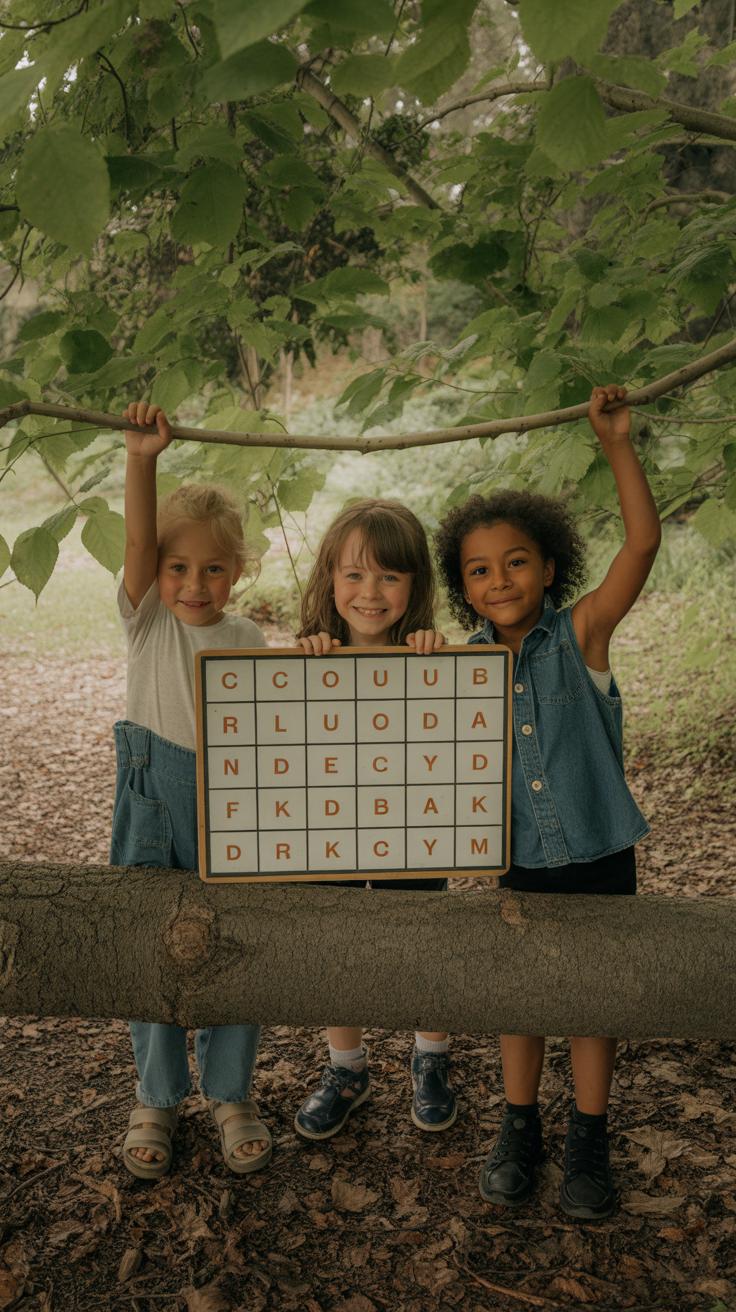
Scavenger hunts in teams can really change the whole experience for kids. When they work together, they’re not just searching for items—they’re learning to communicate and cooperate. Sometimes it’s obvious how they need to listen to each other, share ideas, or decide who takes the lead. Yet, at other times, it might take a little nudge from an adult to help them settle disagreements or combine their strengths.
Organizing kids into small groups often makes the hunt livelier. It brings out some natural collaboration, and the kids tend to motivate each other more than when playing alone. Why? Because they feel part of something bigger. Also, smaller teams are easier to manage, and no one feels left out or overwhelmed.
Assigning roles within teams can guide their interaction too. Imagine one child as the navigator, another as the item recorder, and another as the finder. It encourages responsibility and gives each child a clear purpose. When disagreements happen—which they will—the trick is to remind kids that listening and taking turns helps everyone have fun. Often, a quick timeout to rethink plans or a group vote can sort things out calmly.
Have you noticed how children sometimes surprise themselves when they step up to lead or help teammates? It’s a subtle way they build social skills without even realizing it. So, next time you prepare a backyard scavenger hunt, maybe let kids figure out their roles and see how their teamwork unfolds. It’s worth watching.
Reward Ideas for Your Backyard Camping Hunt
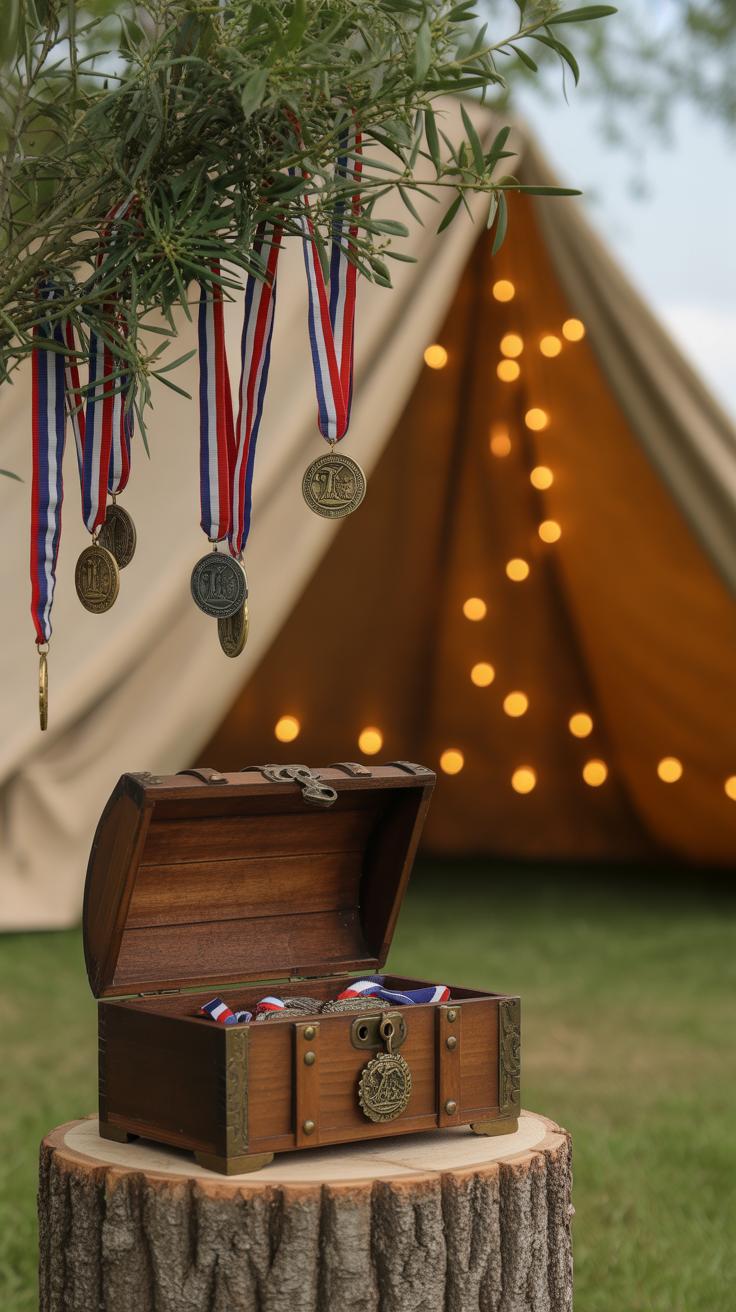
When it comes to rewarding kids after a backyard scavenger hunt, the focus doesn’t have to be on prizes or winning. Sometimes, the best rewards are the simple ones that make the whole experience feel special and appreciated. For example, offering extra story time after the hunt can turn into a memorable moment. You might pick a camping-themed book or tell tales that spark their imagination, which feels like a gift but also extends the fun.
Special snacks can work, too. Think about treats that feel a bit different from everyday snacks—maybe s’mores or a small cup of hot cocoa if the weather allows. These rewards aren’t flashy, but they’re meaningful and encourage kids to look forward to the next adventure. Certificates of participation or “scout badges” made with simple materials can also motivate without creating competition. It’s about recognizing effort and enjoyment, not just who found the most items.
Creative prizes tied to nature or the camping vibe can be especially rewarding. Handmade bookmarks using pressed leaves or painted stones show thought and care. You might craft simple “nature medals” from twigs and yarn or let children decorate their own scavenger hunt trophies using pinecones and colorful paper. These rewards have a lasting quality; they remind kids of their outdoor time and encourage curiosity about the natural world. Have you tried making any of these before? They turn out surprisingly well and are something kids tend to treasure longer than store-bought toys.
Making Each Scavenger Hunt Unique
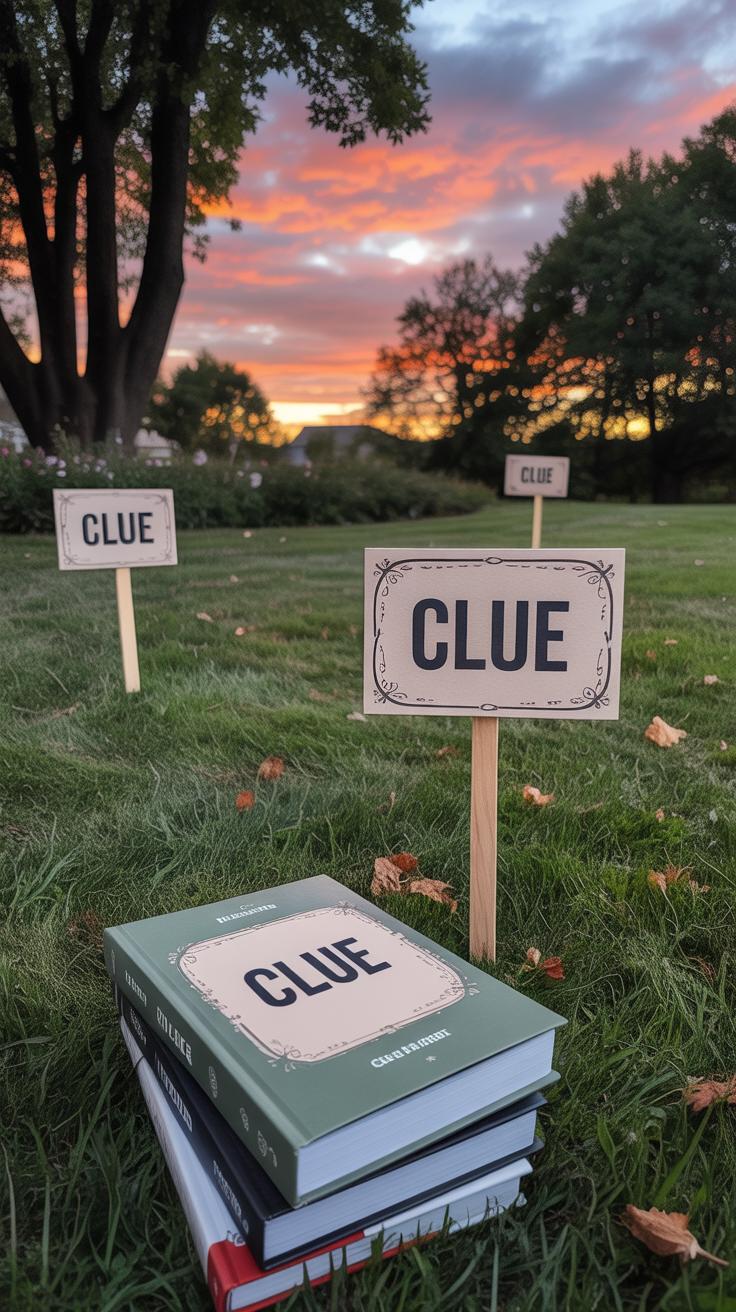
When setting up a scavenger hunt, mixing things up keeps kids interested. You might find that repeating the same list or style gets dull pretty fast. So, try switching themes from bugs and birds one week to rocks and garden tools the next. That little twist makes a surprising difference. Different themes open up new ways to explore the yard and spark fresh kinds of curiosity.
Think about changing the types of challenges too. Instead of just finding objects, maybe include a silly task like hopping on one foot or naming a favorite animal related to the season. Sometimes, add a rule where kids collect only natural items, other times only colorful things. These small variations keep the hunt lively, and kids tend to remember the quirks better than the exact objects.
Adding personal touches also makes the hunt feel special. You could weave in family traditions, like looking for a particular flower that means something to you. Or mix in things tied to your favorite weekend activities, such as spotting a leaf that looks like a football if you love the game. Seasonal hints work well too—pinecones in winter, fresh grass clippings in spring. These personal details seem minor but often make kids feel more connected and excited. You might notice they get a little more invested when the hunt has a personal flavor—at least, that’s been true in my own backyard adventures.
Conclusions
Backyard camping scavenger hunts are simple to organize and provide lasting value for kids. They combine learning with active play, boosting imagination and teamwork. Even with little preparation, you can create a journey full of discovery right in your own backyard.
Use the ideas shared here as a starting point to design hunts that fit your kids’ ages and interests. Add your own touches and surprises to keep things fresh. Your backyard can be a place where adventure awaits, and where your kids’ smiles will grow with every clue found.


